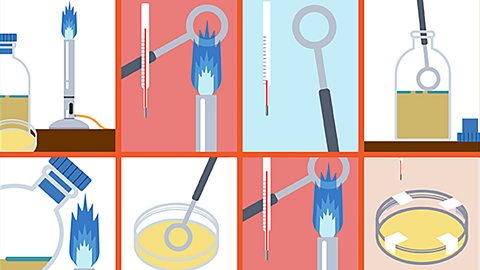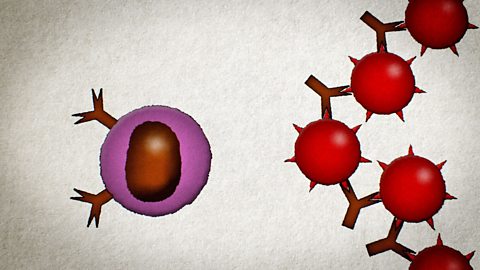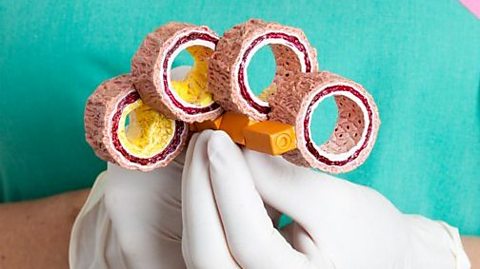Health and Disease
A communicable disease can be passed from one organism to another. It is also known as an infectious disease. It is caused by a microorganism – bacteria, virus or fungus.
A non-communicable disease is not passed from one organism to another. It is caused by lifestyle or genetic abnormalities.
A person free from both types of disease is described as being healthy.
What is the cost to society?
The presence of disease has an effect on society, as unhealthy people may not be able to work and require healthcare.
The NHS spends large amounts on treating these diseases, including expenses for medicines, staff, and hospital care.
What are the types of communicable diseases?
| Disease | Microorganism | Spread | Control/Prevention/Treatment |
|---|---|---|---|
| HIV (leading to AIDS) | Virus | Exchange of body fluids during sex. Infected blood. | Prevention: Using a condom. Drug addicts not sharing needles. Control: Drugs currently control the condition. |
| Cold/flu | Virus | Airborne | Prevention: Flu vaccination. |
| Human papilloma virus (HPV) | Virus | Sexual contact | Prevention: HPV vaccination (offered to 12–13 years old girls and boys). Protects women and girls against cervical cancer. |
| Salmonella food poisoning | Bacterium | Contaminated food | Prevention: Always cook food thoroughly. Do not mix cooked and uncooked foods. Treatment: Antibiotics. |
| Tuberculosis | Bacterium | Airborne | Treatment: Antibiotics. |
| Chlamydia | Bacterium | Sexual contact | Prevention: Using a condom. Treatment : Antibiotics. |
| Athlete’s foot | Fungus | Contact | Prevention: Avoiding direct contact with spores (eg wear flip flops in changing rooms). Treatment Anti-fungal treatment. |
| Potato blight | Fungus | Spores are spread in the air from plant to plant (especially in humid, warm conditions). | Prevention: Crop rotation. Treatment: Fungicide. |
Test your knowledge
More on Health, diseases and micro-organisms
Find out more by working through a topic
- count2 of 4

- count3 of 4

- count4 of 4
